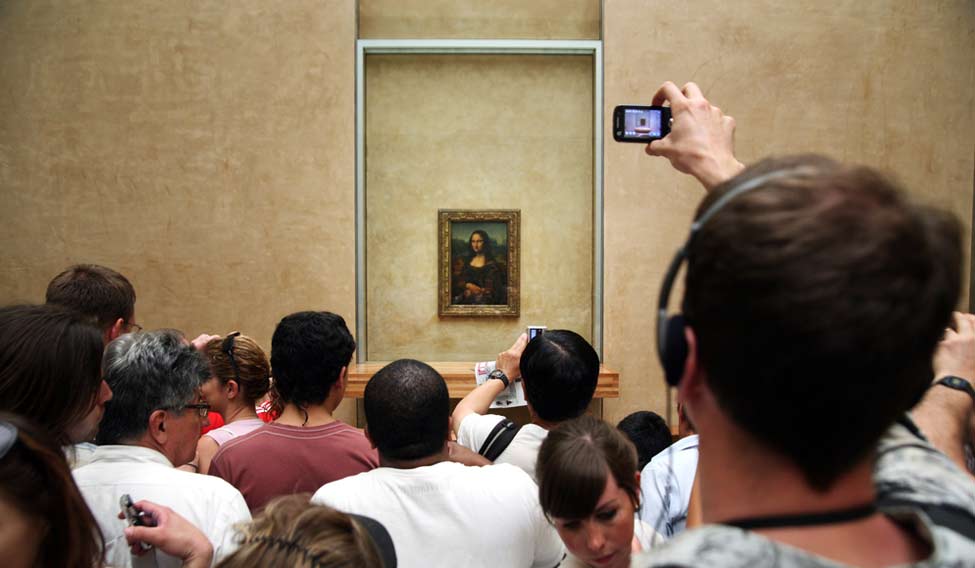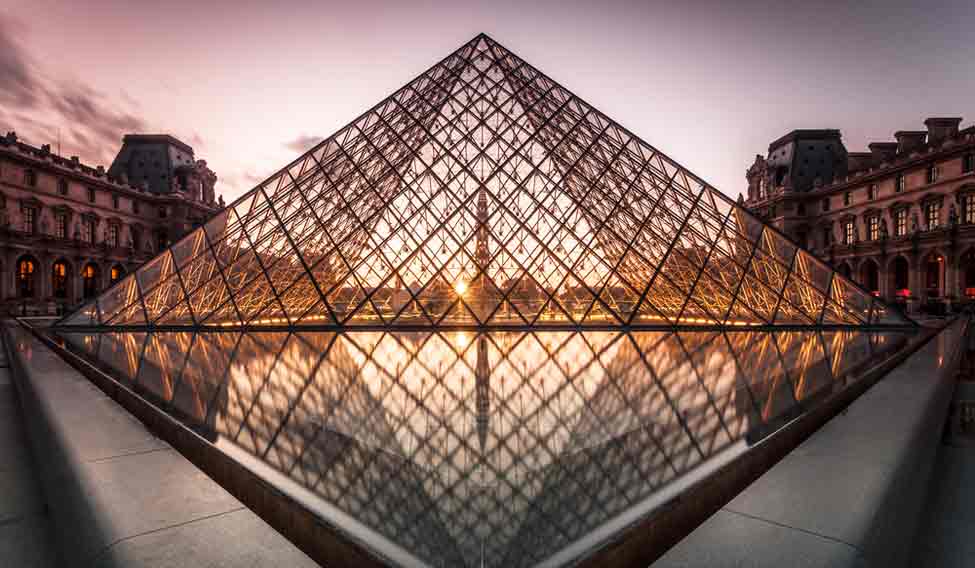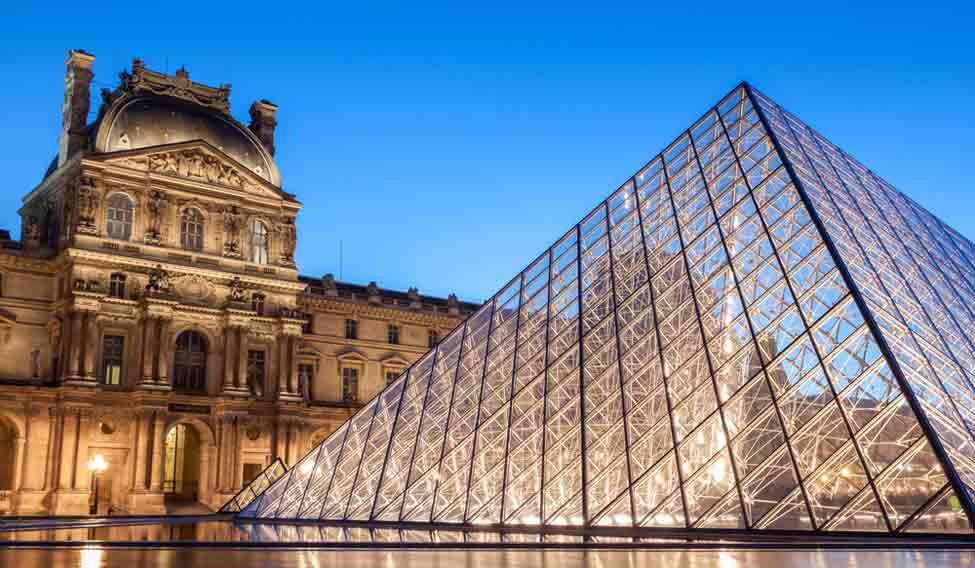A visit to Paris is considered incomplete without a tour of one of the world's most iconic museums, the Musée du Louvre, located on the Right Bank. On August 10, the museum celebrated 223 years of welcoming guests to its grand exhibit of the country's art and culture.
A fortress first, a palace next, and then a museum—the Louvre has a history of over nine centuries. It has survived hundreds of battles, two world wars, many famines and floods. Through its art displays, it gives a glimpse into the beginning of the civilisation to the Middle Ages and beyond. After its first structural construction was completed in 1190, the architecture of Louvre was developed gradually according to the times. Today, the 6,50,000 square feet museum has more than 20,000 visitors a day.
Abandoned by kings, made way for the museum
The Louvre Palace was built as a fortress in the 12th century by Philippe Auguste. Before the Palace of Versailles was completed, French kings lived in the Louvre. In 1682, King Louis XIV shifted court to Versailles, abandoning an incomplete Louvre. It housed a sizeable collection of art, thus attracting artists, writers and thinkers. In 1793, during the French Revolution, it was opened to the public.
The world came to know about Mona Lisa after it was stolen
 A crowd of visitors take photos of Leonardo Da Vinci's Mona Lisa at the Louvre Museum | TheresaSc, Shutterstock
A crowd of visitors take photos of Leonardo Da Vinci's Mona Lisa at the Louvre Museum | TheresaSc, Shutterstock
Leonardo Da Vinci's Mona Lisa decorated the walls of French kings' palaces—even Napolean's bedroom—for two centuries before it was hung at the Louvre and was opened to public viewing. Initially, the painting was popular only among the artsy crowd. It gained popularity only after a thief stole the painting in 1911, by hiding it under his clothes, from the museum. Vencenzo Perugia, disguised as part of the staff, took off the painting from the frame and disappeared, leaving authorities baffled and crowds enraged. The media reported it worldwide, arrest warrants were issued and conspiracy theories started surfacing globally. Modernists Pablo Picasso and playwright Guillaume Apollinaire were suspected of stealing it. For two years, Mona Lisa's spot in the Louvre lay empty. It was recovered and brought back in 1913 after Perugia was caught trying to sell it to an art dealer in Florence, Italy.
One man saved thousands of years worth of art from the Nazis
Days before the Second World War, French workers and volunteers came together in a military operation-like effort to secure the nation's works of art. More than 200 trucks, cars and ambulances carried away thousands of art pieces and paintings from the Louvre. Jacques Jaujard, the deputy director of the museum who became the nation's hero for his efforts, declared that the Louvre would be shut down for three days for maintenance work. Over three nights, paintings were packed into crates and sculptures loaded into vehicles to be transported to remote castles and private châteaus for safekeeping. When the Nazis walked in looking for art “appropriate to German culture”, they found the museum mostly empty.
When the Grand Pyramid was first constructed, critics shunned it
 The Louvre Pyramid serves as the main entrance to the Louvre Museum | Sanchai Kumar, Shutterstock
The Louvre Pyramid serves as the main entrance to the Louvre Museum | Sanchai Kumar, Shutterstock
In 1983, French president François Mitterrand announced plans to renovate the museum and make it more tourist-friendly with toilets, information booths and restaurants. Chinese-American architect Ieoh Ming Pei was commissioned to create a glass pyramid structure to adorn the entrance of the museum. Many were critical of the "controversial" addition, worried that it would ruin the museum's spirit of traditionalist Renaissance architecture. When the museum reopened to the public in 1989, the reaction was awe and wonder. Made of 793 panes of glass, the structure today is as big an icon as the museum itself.
The Louvre has always been prone to petty thefts
It is an enticing challenge for thieves to take away something valuable from under the noses of the public. For centuries since the opening of the museum, poor security led to the theft of art, from paintings to sculptures and heavy statues. In the early 1990s, a fourth-century Greek civilisation robe and a few less-known paintings were stolen, but later recovered. Such incidents and acts of vandalism pushed the Louvre to get smarter and better at security. Today, the museum has ultra-modern technology protecting priceless art—even getting too close to a painting would set off an alarm.







